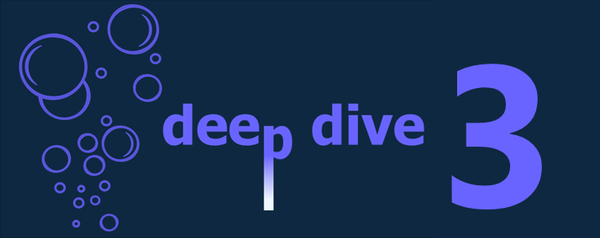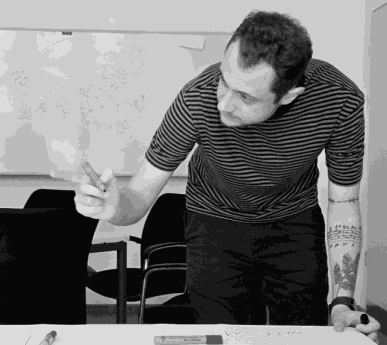|
|
||||
|
|
It’s time to meet one of the people working at the very core of natESM’s technical engine: Research Software Engineer (RSE) Wilton Jaciel Loch. Originally from Brazil, Wilton joined natESM in October 2022 after moving to Europe in search of meaningful, collaborative work in high-performance computing. In this deep dive, he shares his journey, his approach to sprint collaboration, and how his passion for dance influences the way he navigates code and complexity. For Wilton, sprint proposals aren’t just applications – they’re invitations to move forward together. |
|||
|
|
Interview: Iris Ehlert, July 2025 |
|
||
|
|
||||
|
|
||||
|
natESM: Wilton, can you tell us a bit about your journey? How did you end up working with Earth system models in Germany? Wilton: I started out studying computer science in Brazil, first at a technical high school and then at university. I was always curious about how things work – machines, networks, software. Eventually, I got into research, but honestly: being a researcher in Brazil isn’t easy. It’s underpaid and underappreciated. Eventually, I realized: I don’t want to write papers, I want to solve problems. What do you enjoy most abour your role as an RSE in natESM? Being able to contribute to something meaningful. There’s the bigger picture – helping climate science move forward – but also the day-to-day satisfaction of improving software, fixing issues, and enabling models to do more with less. That combination is what keeps me going. How would you describe your working style? I have an aversion to complexity [laughs]. Over time, I’ve learned that keeping things simple is the best way to make progress. I like to work in very small, verifiable steps – “baby steps.” If something feels overwhelming or hard to trace, I try to break it down into the smallest useful unit and focus on that. It’s more sustainable and less stressful – and in most cases, it also leads to better results. How does that play out dring sprints? In projects where I already know the code – like CLEO – I can often outline 15–20 small, concrete tasks that lead toward the sprint goal. We had that in one of the CLEO sprints, and it worked really well. Do you think your Brazilian background influences the way you work? I think so, yes. There’s this concept in Brazil called gambiarra. It’s hard to translate, but basically it’s about solving problems with whatever you have on hand. It’s a cultural attitude – making things work, even if it’s not perfect or elegant. That mindset helps me a lot when I work with messy code or unclear requirements. So, gambiarra taught me to keep moving, even when the tools aren’t perfect. Sometimes you just need to get creative and move things forward, step by step. What helps you recharge or feel inspired outside of work? Dancing! That’s definitely my main thing right now. I got into it last year and now have been doing it quite often. I never expected it to become such a big part of my life, but now I really love it. It helps me disconnect and brings a whole different kind of joy. I mainly dance Forró, a Brazilian partner dance. It also inspires how I think about work. In a way, each sprint is like a new rhythm. You tune into your partner – the scientist – listen to where they want to go, and then you start moving together. We dance together in the sprint – andsometimes I follow, sometimes I lead. But the important thing is to find a shared flow. » If you’re too rigid, the rhythm breaks. But if you’re present and adaptable, you can create something great together. «That’s a beautiful metaphor. Would you say sprint work is like dancing with complexity? Yes! With complexity and with people. Collaboration is always a bit unpredictable. You need timing, patience, and openness. If you’re too rigid, the rhythm breaks. But if you’re present and adaptable, you can create something great together. » The sprint check is like a first dance: we figure out if the rhythm fits. «You’ve also helped develop how sprint proposals are written. What’s your take on the sprint-check process? The sprint check is meant as a service for scientists – not as a gatekeeping moment. Our job as RSEs is to sit down with them and give an honest, technical first impression: Does the code look maintainable? What would be a good starting point? Are the goals realistic? We also give feedback on whether the software is at a point where a sprint makes sense.
Sometimes people come with vague ideas, but they don’t yet know what the technical bottlenecks are. In those cases, a short profiling sprint can be helpful. It gives us a chance to study the code, run tests, and figure out where the effort should go. What would you like others in the community to better understand about your role as an RSE? What I wish more people understood is that we’re not here to solve everything in advance. We’re an integral part of the process – technical collaborators who help shape the sprints.
|
Wilton sketching systems during natESM team day in July 2025 @DKRZ |
|||
|
|
||||


